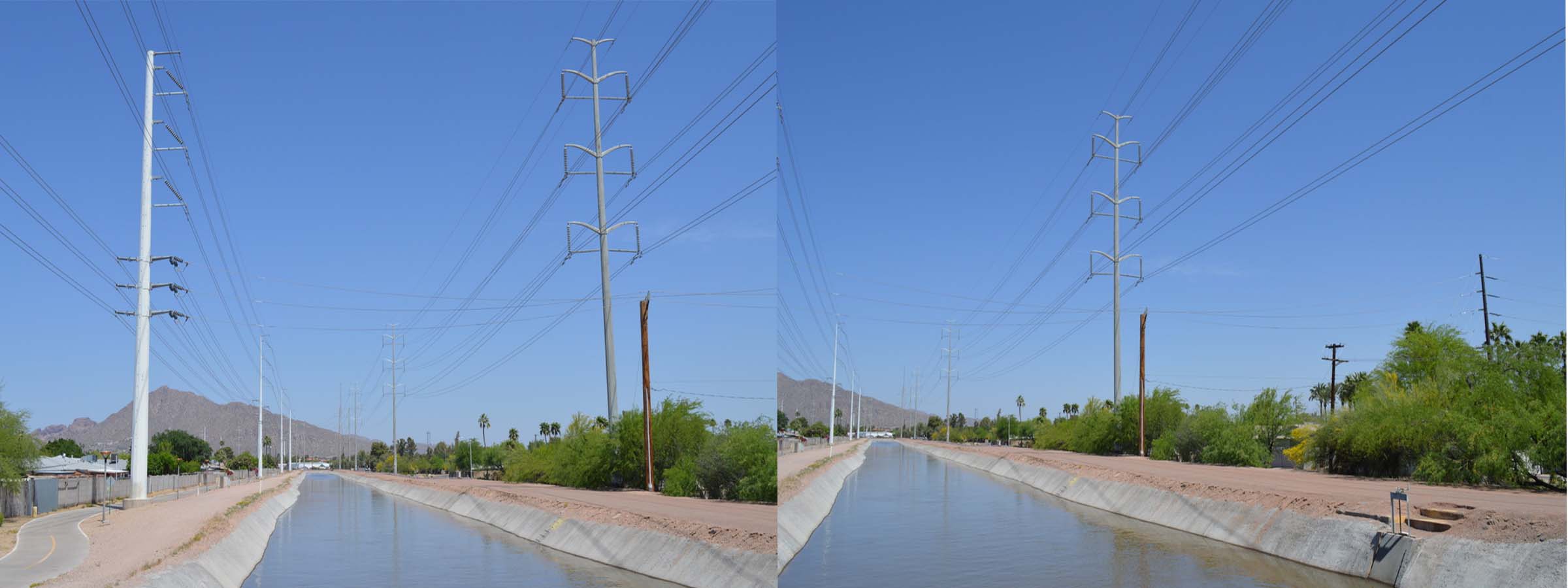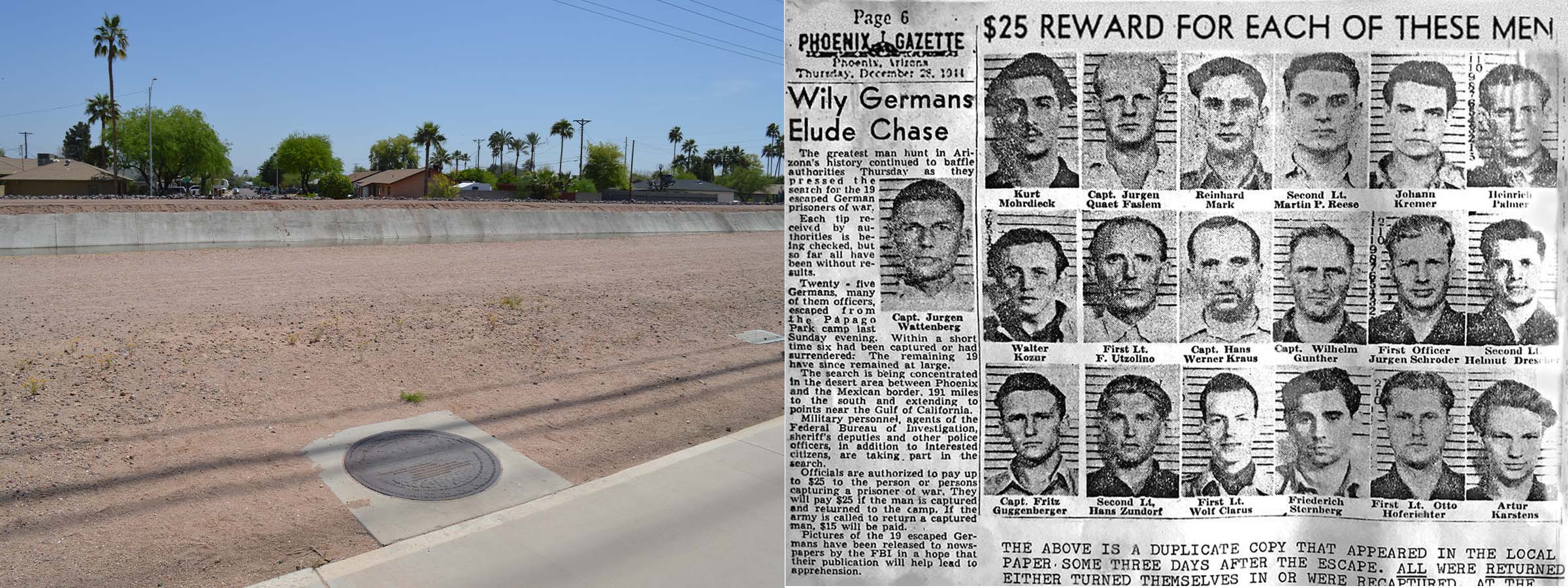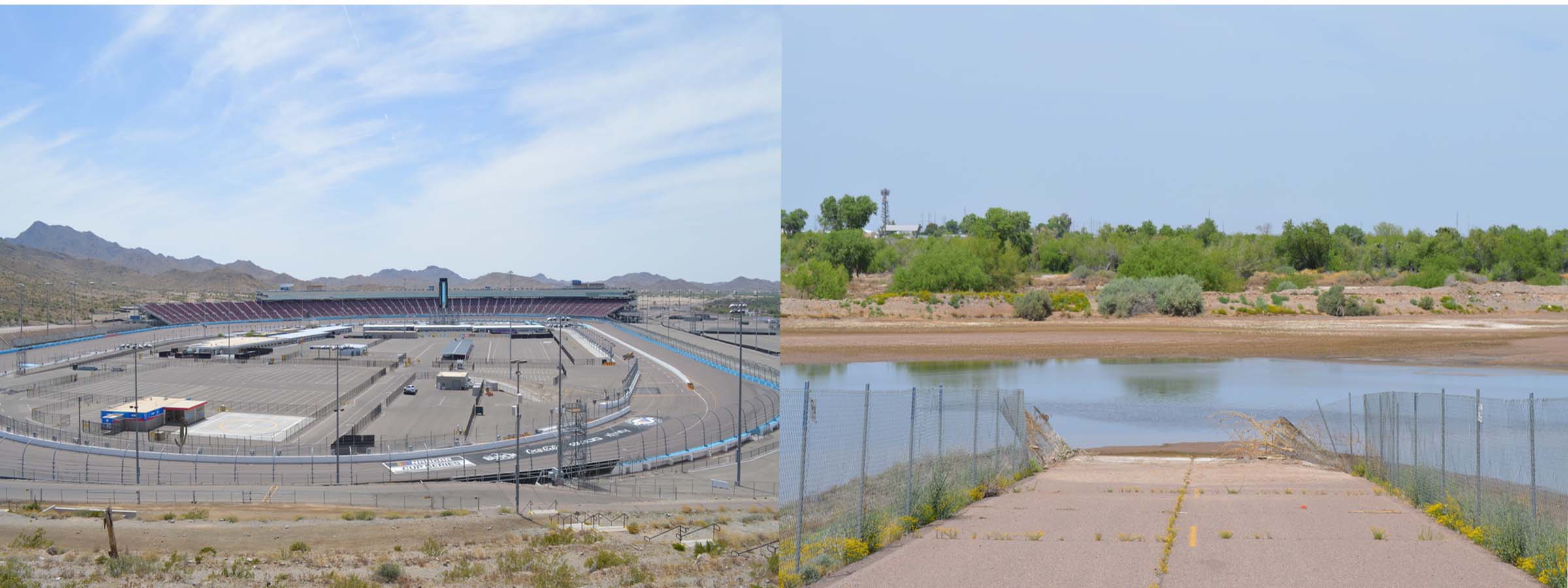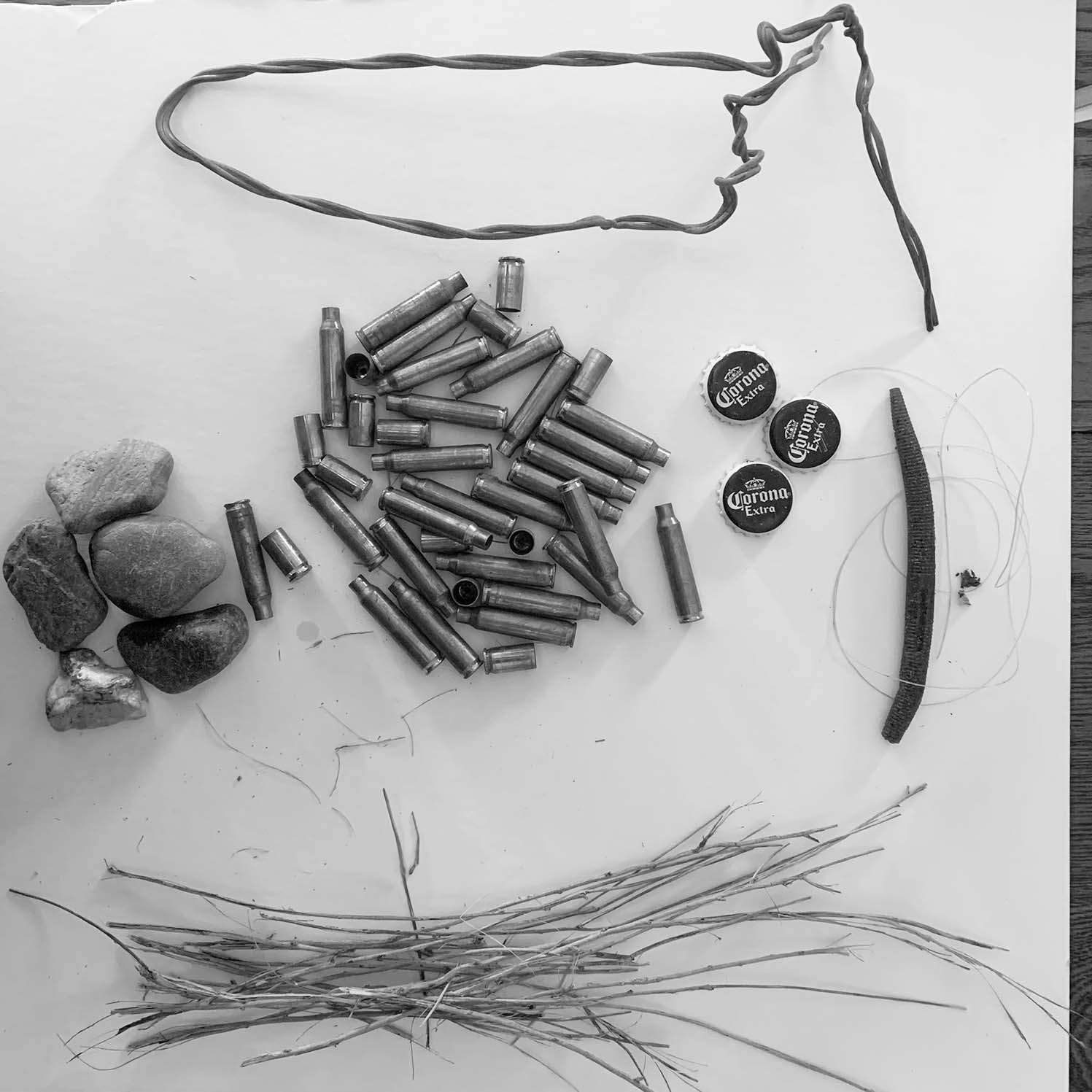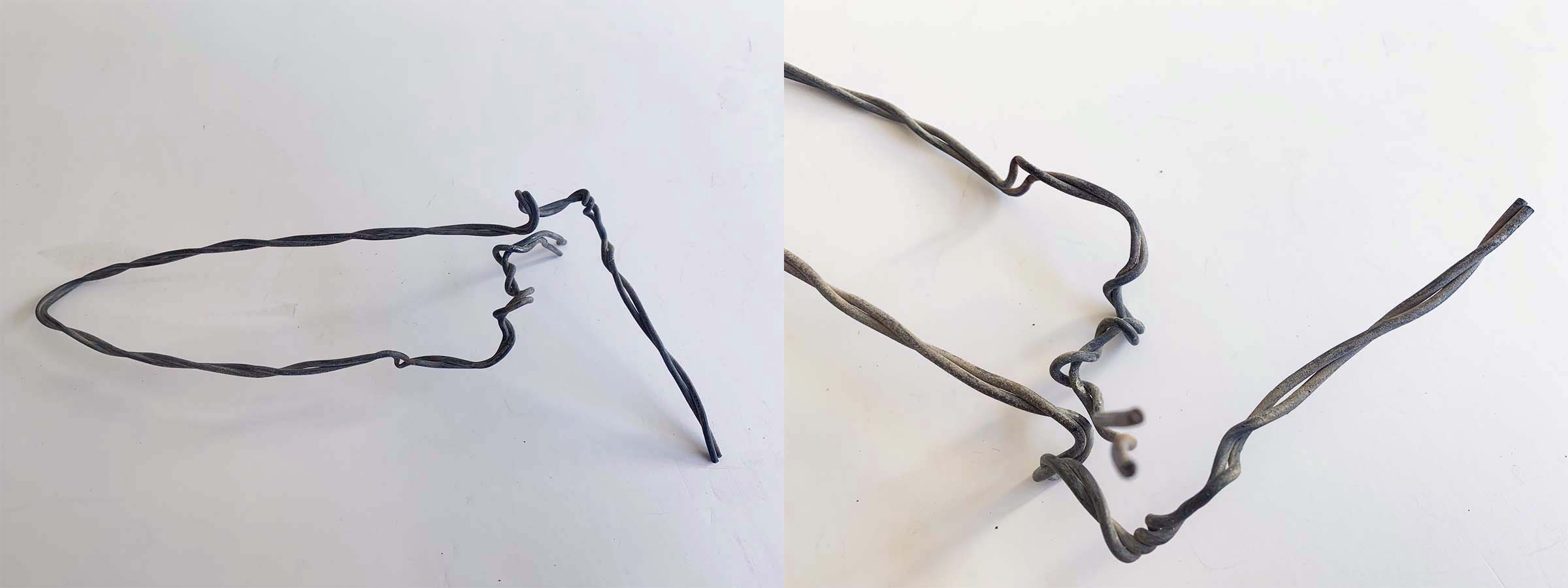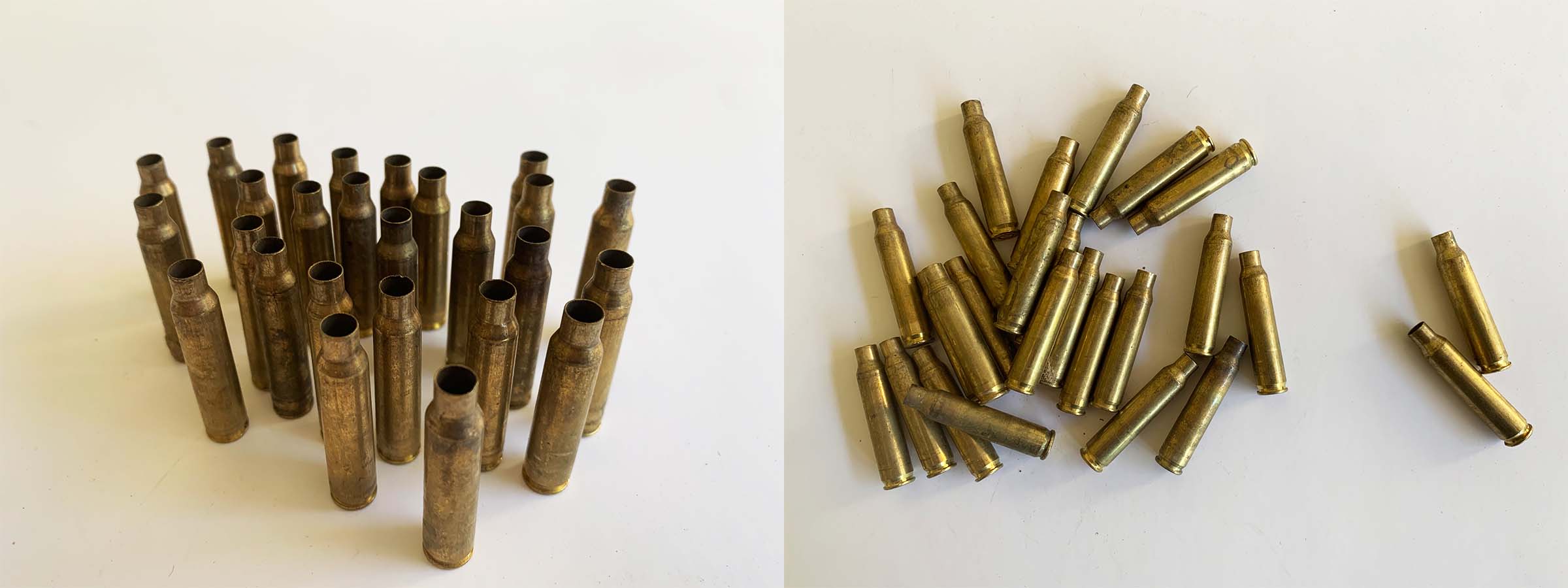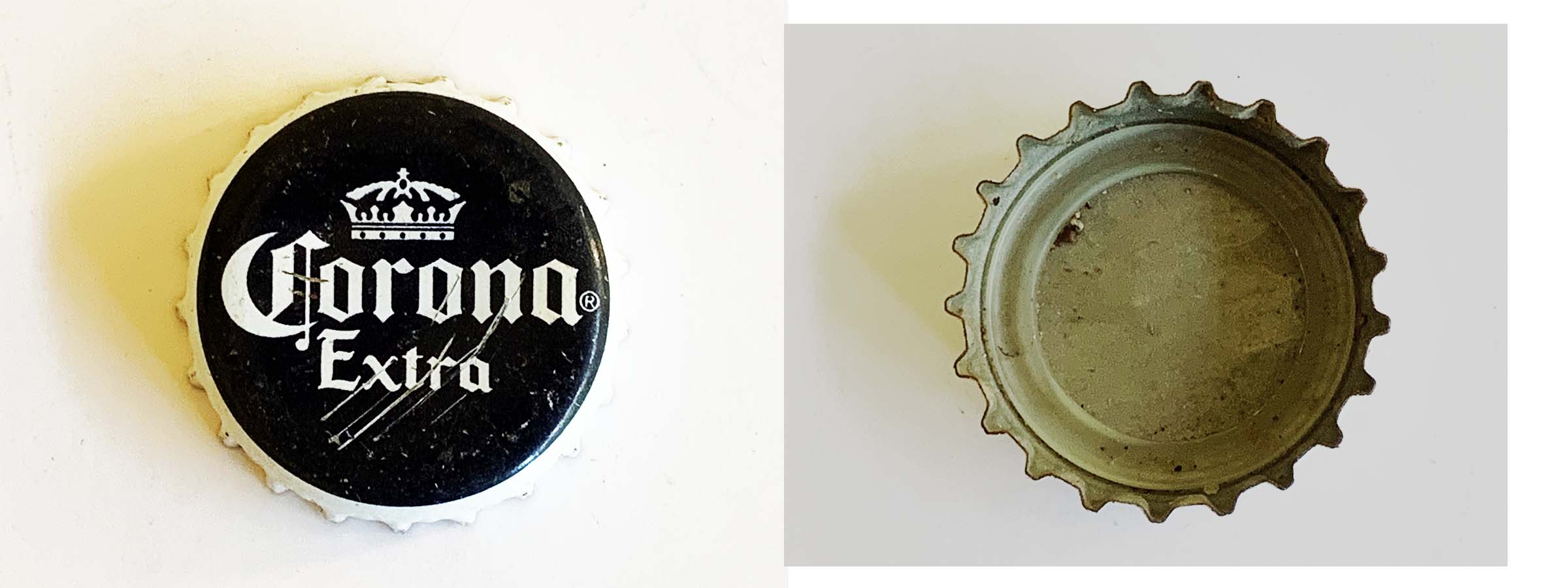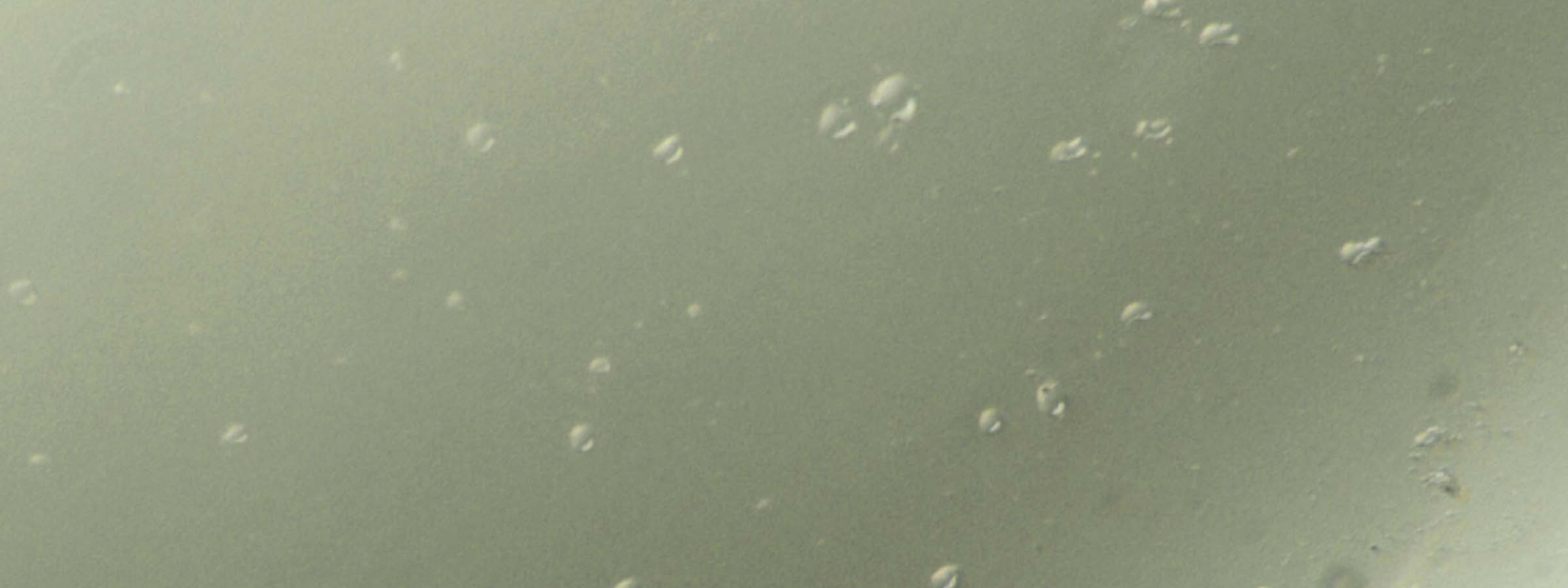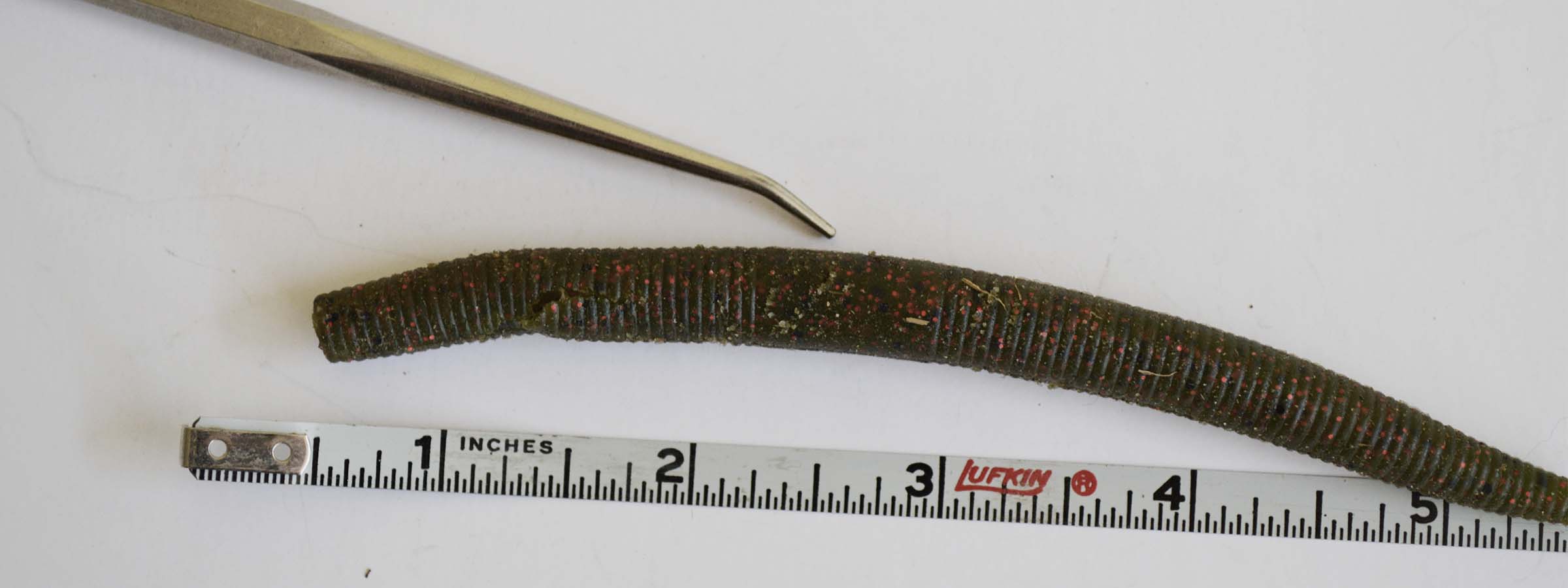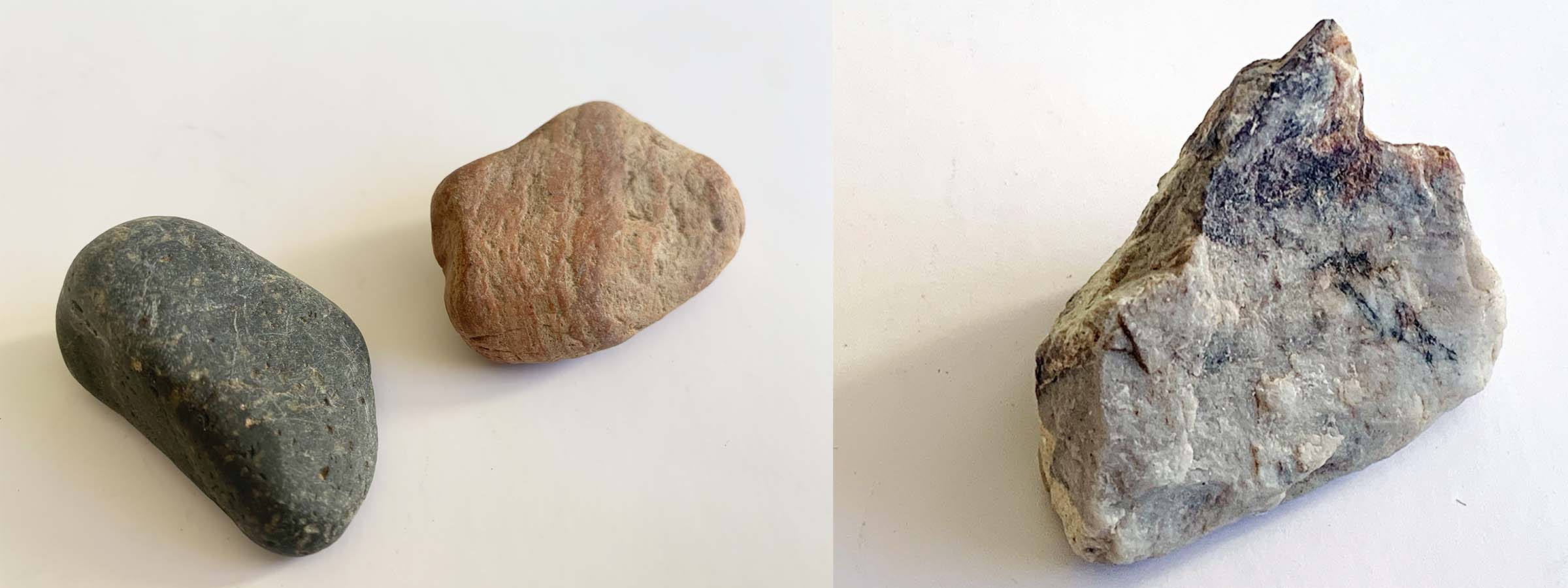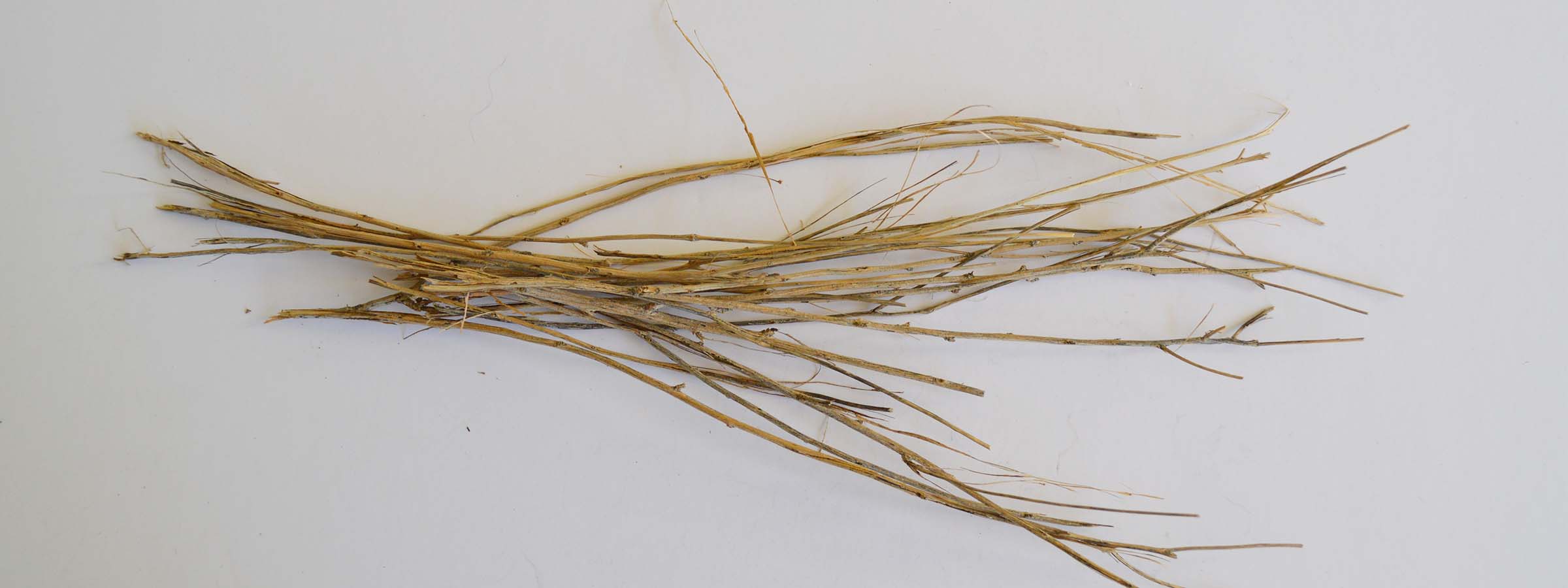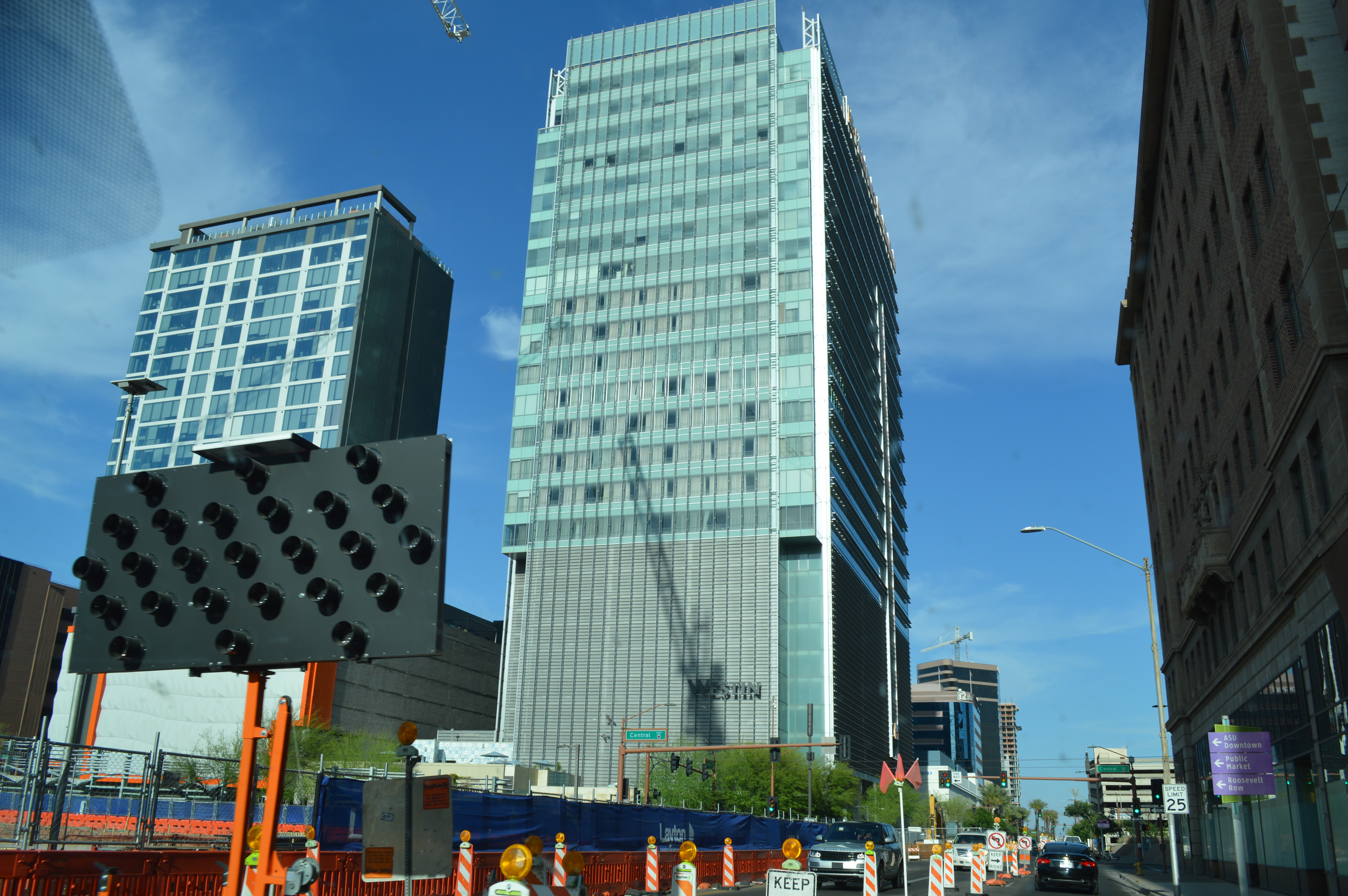
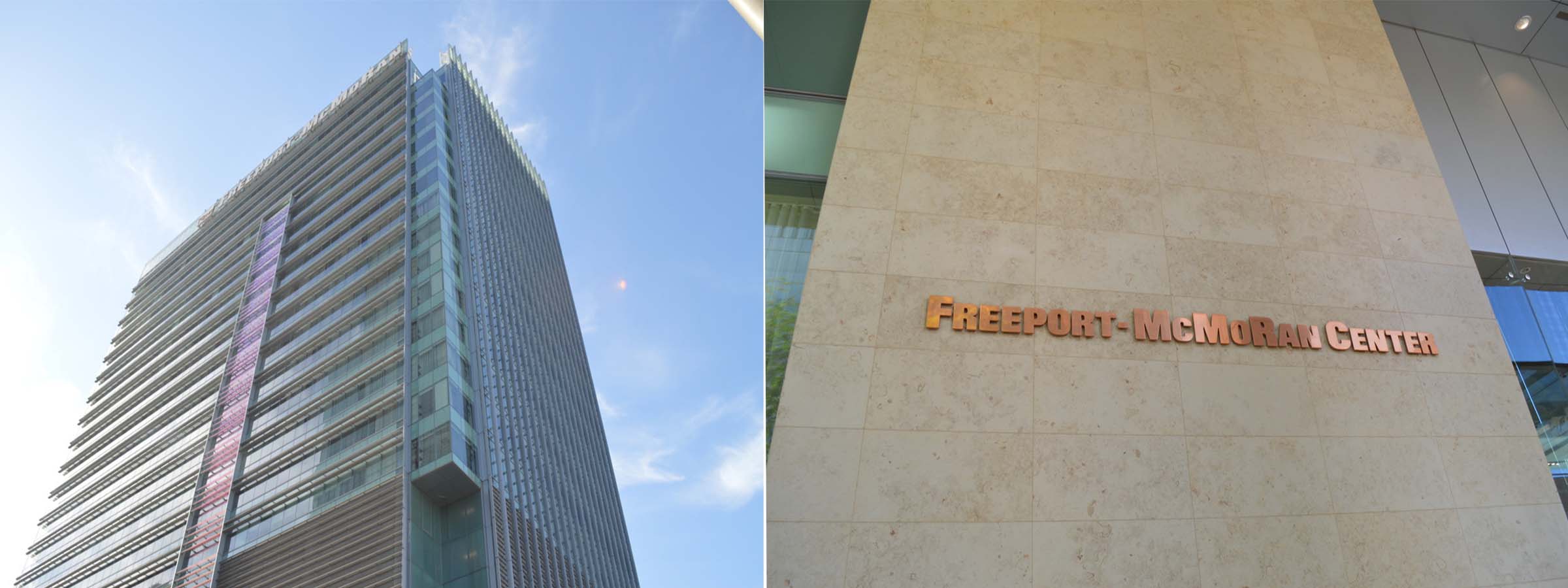
The history, economics, culture, and landscape of Arizona has been shaped by copper mining. Arizona produces approximately 65% of copper in the US. Indeed, copper is one of the five five “C’s” upon which the Arizona economy was founded: cattle, cotton, citrus, climate, and copper, which are featured on the Great Seal of the State of Arizona. Strategic short and long-term balancing of water resources is critical in sustaining what is best described as the commodification of Arizona. The five C’s require water and lots of it, with the result being a complex state wide network of plumbing. Most water for copper mining is used in flotation beneficiation, smelting, and electro-refining. Water resources include aquifers, precipitation dependent rivers and streams, and allocation from the Central Arizona Project (CAP) that is pumped from the Colorado River via a network of canals and pipelines. One way or another, water flows to those who can pay for it.
Headquartered in Phoenix, Freeport McMoRan Inc. is an American mining company. The company is the world's largest producer of molybdenum, is a major copper producer, and operates the world’s largest gold mine in Indonesia. In Arizona, Freeport McMoRan operates large open pit mines in Morenci, Bagdad, Safford, Sierrita, and Miami, as well as the Chino and Tyrone mines in New Mexico. The company has large undeveloped mineral reserves. Freeport-McMoRan’s annual revenue for 2022 was $22.78 billion dollars. The direct and indirect economic impact states are no small potatos.
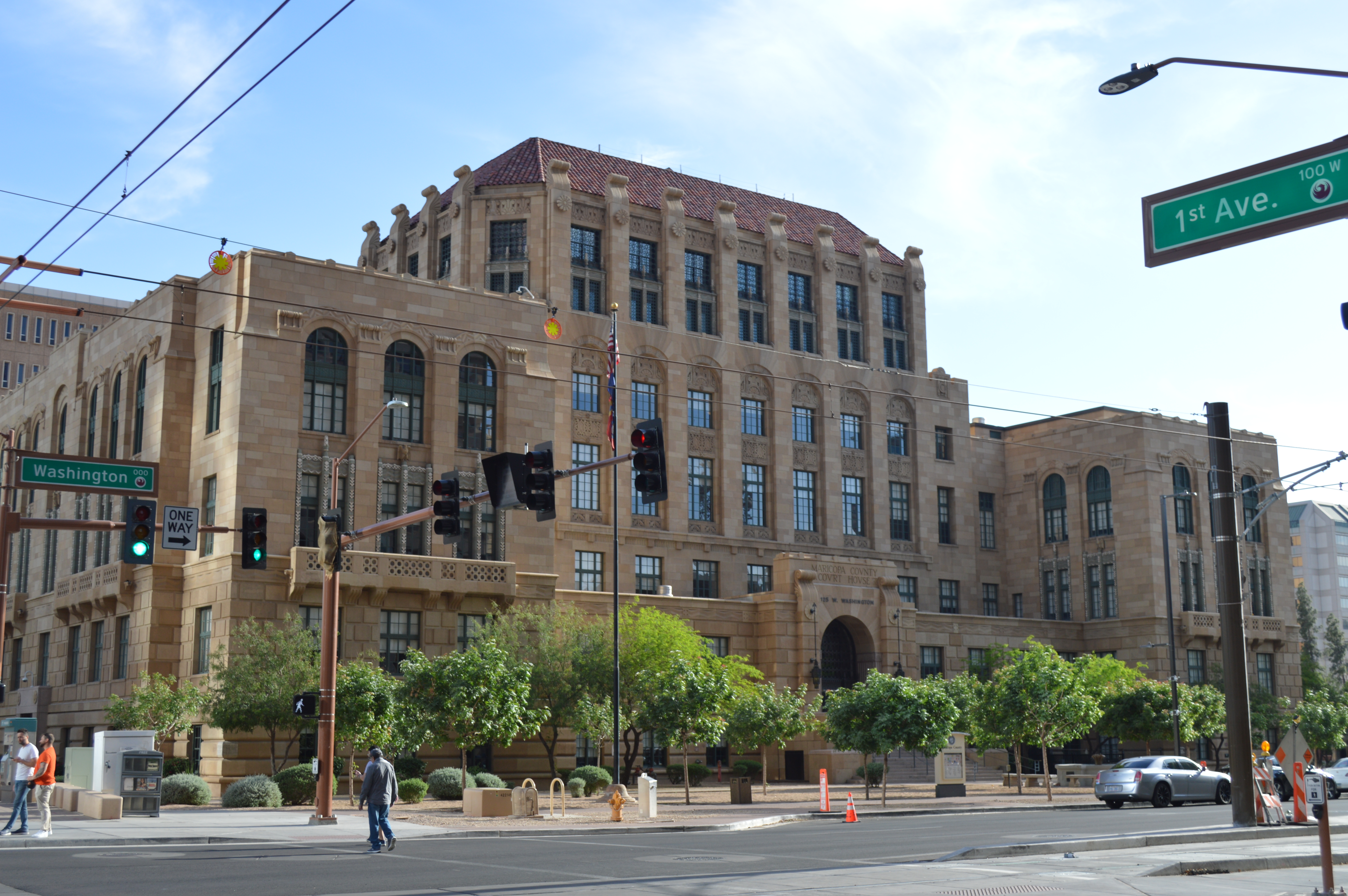
Water planning and management in Maricopa County relies on regional cooperation, which is complicated at best. As of the 2020 US Census, Maricopa County has a population of 4,420,568, about 52% of Arizona’s population. Located in the Sonoran Desert, Maricopa County receives less than 11 inches of rain per year. Effective regional management of water resources therefore necessitates cooperation across jurisdictional and regulatory boundaries, including diverse land ownership (52% federal, 30% private, 13% state, and 4% Tribal), coupled with overlapping service areas of public and private water providers. Who has access to what and why is as complicated as the history and culture of water rights in Arizona.
On June 1, 2023, Governor Katie Hobbs announced restrictions that impact the rapidly expanding suburbs in the Phoenix metro area of Maricopa County. The restrictions apply to new construction that relies on existing aquifers. Climate change predictions, exasperated by multiple years of drought, indicate that over the over the next 100 years, demand for 4.9 million acre-feet of water from exisiting acquifer supplies will be unmet without further action. Aquifers are a finite resource so, counting on a future based on conservation and the development of alternative water resources is questionable. The decision on future construction marks the beginning of the end of the extraordinary and rapid expansion of Phoenix.
